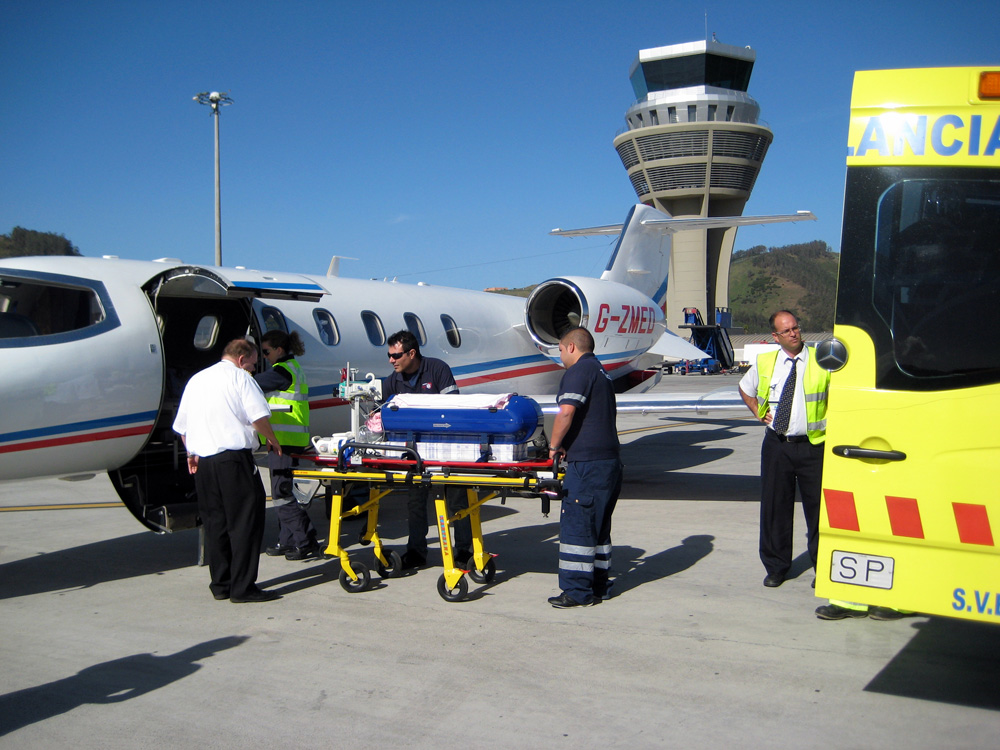When you accompany a patient to a fixed wing air medical transport vehicle, you would be accompanied by qualified professionals belonging to both ground ambulance and air ambulance. However, knowing certain protocols can always come handy, and ensure a safe and swift transfer of the patient to the air medical transport vehicle.
Getting to the Air Medical Transport Vehicle
First and foremost, the ground ambulance needs to wait for the aircraft to shut down its engines completely before approaching it. Even when the ambulance approaches the air medical transport vehicle, it has to stop at least 25 feet away. All flashing lights must be switched off and only the headlights must be used in case of poor visibility.
You must wait for the crew to arrive to the ground ambulance to take the patient away. Switch off the ground ambulance immediately after reaching the destination to avoid the exhaust fumes getting into the aircraft. Keep in mind that the aircraft might be pressurized to a certain degree and the exhaust fumes can be quite a disturbance.
Taking the Patient to the Air Medical Transport Vehicle
Walking in front of the wing of the airplane is a strict no. Also, refrain from opening the doors of the air ambulance. Assist in loading the patient only if help is requested. If the help is sought, do not stay inside the air medical transport vehicle unnecessarily after loading the patient, unless you are travelling along. Never hesitate to ask what you must and must not do once inside and when travelling with the patient.
Before Exiting the Airport
It is wise to leave the airport only after the air medical transport vehicle takes off. Inform the crew of any issues such as debris or animals in the vicinity that might hinder takeoff. Even when the ground ambulance moves away from the aircraft, the flashing lights must be switched off.
Finally, have all your questions relating to the medical travel answered before the transfer. Your questions at the last moment can unnecessarily waste valuable time.


